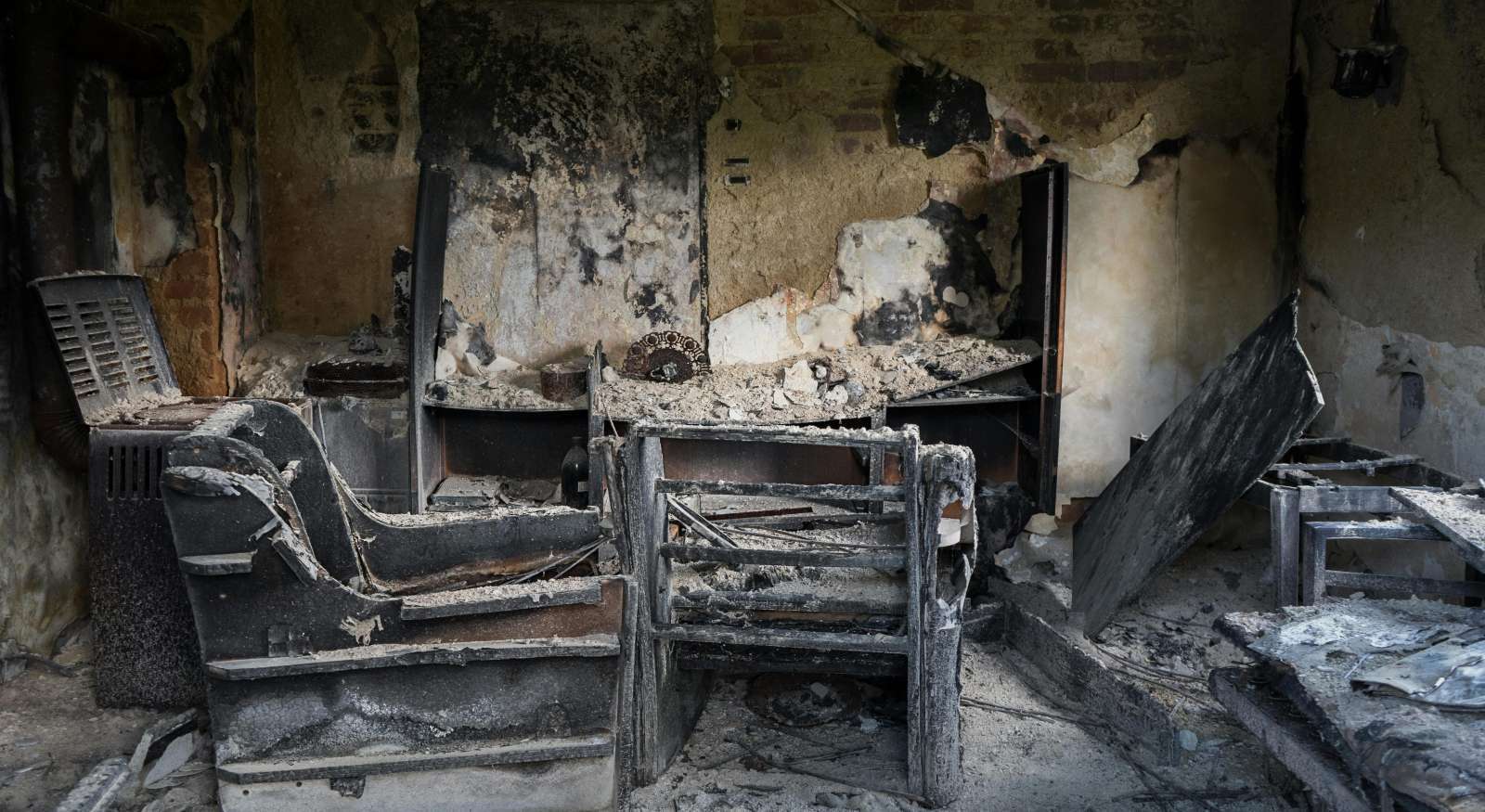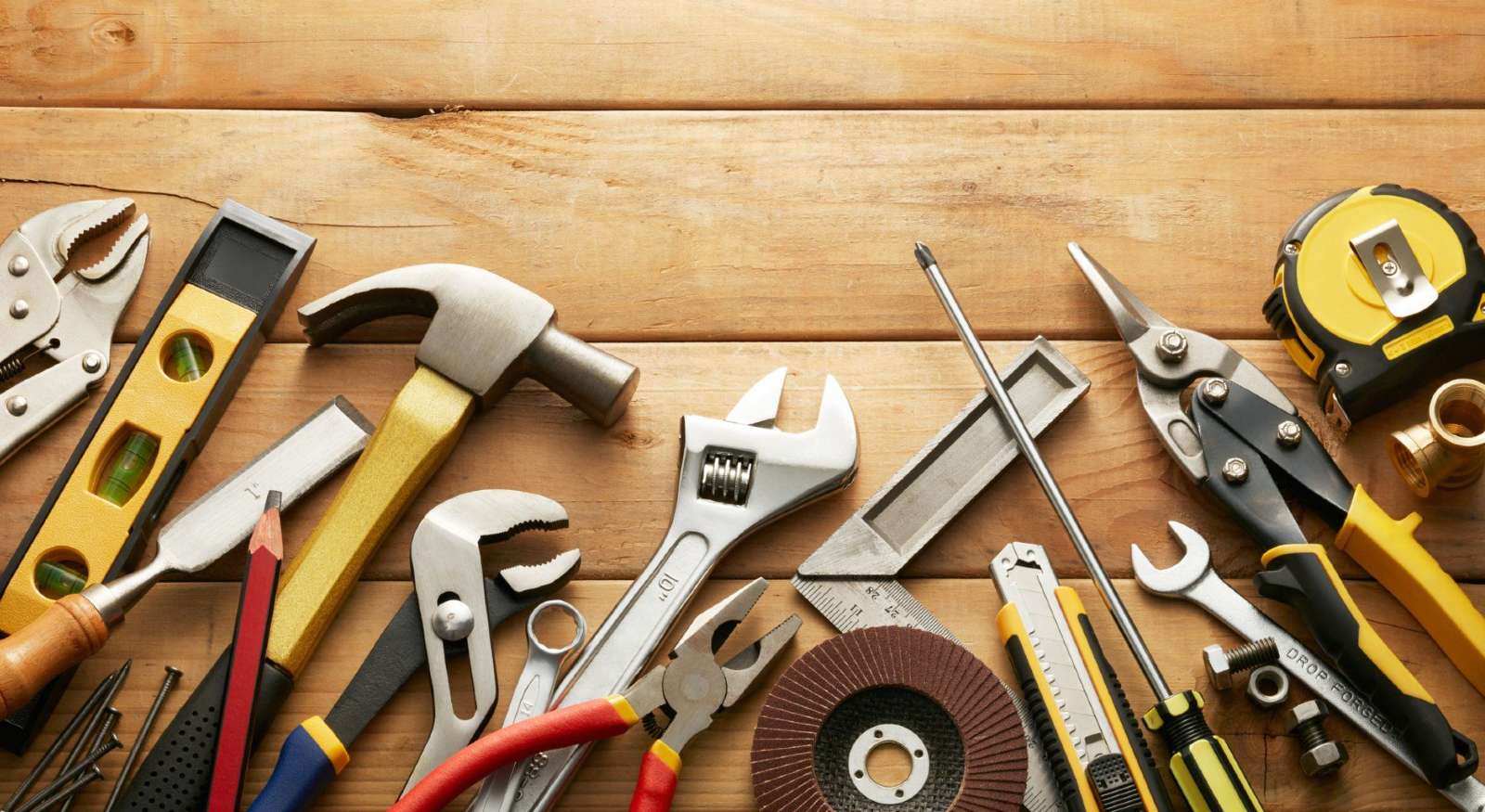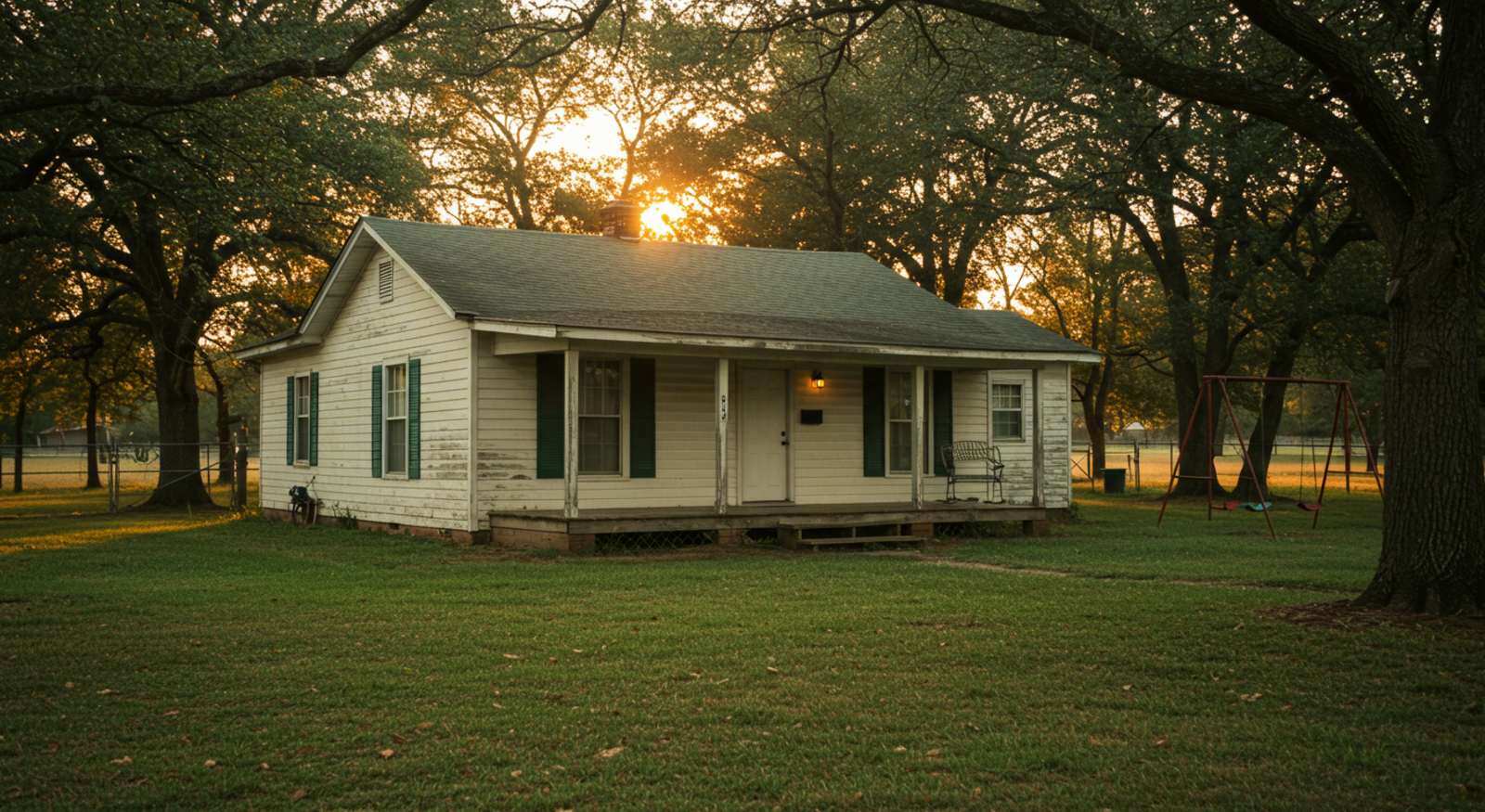Water damage restoration FAQ: 16 most common questions about costs
July 29th, 2024
6 min read

As a concerned homeowner, you may be looking for more information on the costs of a water damage restoration project. You may be trying to understand more about the factors that add up to the cost, or you may be just looking for the price of an inspection. Whatever the case, you have questions, and we are here to answer them.
As an IICRC-certified firm with a wealth of knowledge thanks to more than 50 years of combined experience, we have guided hundreds of satisfied customers and educated them to make the best decisions possible.
This article will explore the various questions we have received over the years regarding costs, from what categories we use to classify each case to how much specific individual processes cost. So ride along knowing you have come to the right place if you are looking for answers. Due to how costs are determined, the estimates discussed in this article are only for El Dorado, Arkansas.
1. What flood categories do you use to determine the water damage restoration costs?
We follow the industry standard of three categories: category 1 for clean water, category 2 for contaminated water with detergents or food particles (also known as gray water), and category 3 for grossly contaminated water with sewage, grease runoffs, or other hazardous materials on exposure (also known as black water).
There is a unique category system for determining the damage and hazards associated with residential water damage. This is the industry standard across all water restoration companies, and they are as follows:
- Category 1: Clean water. This water could come from an overflowing bathtub with non-contaminated water or a burst from a clean water pipe.
- Category 2: Contaminated water, aka "Gray water." This water comes from a dishwasher or clothes washing machine and may contain contaminants, such as food particles or harsh soaps.
- Category 3: Very contaminated water, aka "Black water." This comes from sewage, grease runoff, or anything hazardous upon contact.
2. Which category of flood is the most common and the least?
The most common of the three is category 2. Sometimes (especially during natural floods), water damage is classified as black water or category 3. Finally, the rarest case is category 1, or clean water that hasn't been in contact with anything.
3. How much does it add to the cost if the water damage comes from a category 3 flood?
Usually, the price increases start at $1200 more on average cases of water damage during the mitigation and remediation process. However, this does not affect the restoration process.
4. Why is a category 3 flood more expensive?
In a category 3 flood, all building materials that came into contact with the water must be removed. Because of this, a “flood cut” will be made. Everything within at least 2 feet of the ground, including drywall, will be removed.
Also, as a general rule, anything in contact with a category 3 type of flood will be removed and discarded. That includes building materials, such as ceilings, flooring, or walls.
Afterward, the sanitation process will take place. This process includes applying antimicrobial agents to all areas, including other areas than the flooring, and using HEPA filters to ensure the safety of your home.
To ensure their safety, the technicians will wear personal protective equipment (PPE) such as N95 masks, gloves, rubber boots or shoe covers, and disposable coverall suits. Depending on the case, other specialized protection equipment may be required, further increasing the project's final cost.
5. How much does the inspection alone cost?
While it depends on the size, the average cost can vary from around $250 to $550 (taxes not included). Inspections alone are rare during water mitigation cases as they are considered emergencies.
6. How much does sanitation cost?
The process of sanitation includes the use of an antimicrobial agent as well as HEPA vacuuming. Here we can see the prices (taxes not included):
For a category 2 flood:
- Application of antimicrobial agents (per sq ft): $0.31
- Light HEPA vacuuming (per sq ft): $0.39
For a category 3 flood:
- Application of antimicrobial agents (per sq ft): $0.31
- Detailed HEPA vacuuming (per sq ft): $0.78*
*It's worth noting that, depending on the situation, light HEPA vacuuming is sometimes used instead of the detailed version.
7. How much does it cost to remove the baseboard?
The cost varies depending on the type of flood. Let's take a look at the prices for El Dorado, Arkansas (taxes not included):
For a category 2 flood:
- Baseboard removal (per sq ft): $0.59
For a category 3 flood:
- Baseboard removal (per sq ft): $1.07
Removing the baseboard for a category 2 flood will cost $0.59 per linear foot. In a category 3 flood, where all affected materials must be removed, it will cost $1.07 per linear foot.
8. How much does it cost to remove different types of flooring?
The cost will depend on the category of flood that occurred. Here are some prices for the removal of different types of floors (taxes not included):
For a category 2 flood:
- Vinyl floor (per sq ft): $1.66
- Real wood floor (per sq ft): $4.21
- Carpet flooring (per sq ft): $0.69
- Carpet pad (per sq ft): $0.65
- Ceramic tiles (per sq ft): $4.22
For a category 3 flood:
- Vinyl floor (per sq ft): $2.41
- Real wood floor (per sq ft): $6.16
- Carpet flooring (per sq ft): $1.25
- Carpet pad (per sq ft): $1.17
- Ceramic tiles (per sq ft): $6.22
9. Why is removing ceramic tiles so expensive?
Because ceramic tiles are joined together through a grout line and can be dried through them, the need for their removal is uncommon. Only in an improbable scenario will they have to be removed: if the grout has cracked or is missing, letting water travel under the tiles, becoming trapped and loosening them. However, removing them is very labor-intensive, and that's where the cost comes from.
10. Is removing Medium Density Fiber (MDF) flooring always necessary? Why?
Yes, it must be removed and trimmed if it comes into contact with water. MDF is a wood product made from wood fibers and bonded with a synthetic glue that degrades when exposed to water. This makes it especially susceptible to water damage, as it quickly absorbs water and gets deformed. Also, water often gets between the floor's foundation and the flooring, making it necessary to remove it.
11. Can carpet flooring be salvaged?
It can happen! It depends on how new the carpet is, the time frame, and the type of flooding. If the water source is category 1 or 2, it hasn't been more than a few hours since the incident, and the carpet is brand new, this flooring can usually be salvaged. Remember that the timing of the water event is also essential, as the longer the water sits in the carpet, the more likely it will damage its fibers in a process called "delamination."
12. How much does it cost to remove drywall?
If the drywall needs to be removed for a category 2 flood, it will cost around $1.13 per sq ft. If the flood came from category 3, the cost would be $1.98 per sq ft.
13. What if the damage is so extensive the house's structural integrity is at risk?
After informing the homeowner, the restoration company usually works with a building engineer. Extensive rebuilding makes these projects considerably more expensive.
14. Can I remove my wet carpet or building materials myself?
Yes. However, there are some caveats. For example, in case of a category 2 flood, we recommend using protection (gloves, boots, and eyewear) to avoid exposure to unsanitary conditions. If we are talking specifically about a wet carpet, it's better to dry it first so as not to wet the whole area. You should consider extra protection in a category 3 type of flood as the hazardous water can put your health (and your family's) at risk. If you feel uncomfortable with this type of labor-intensive, possibly dangerous job, we suggest you leave it to the professionals.
15. The mitigation and remediation process is done. Can I hire a different company for the buildback?
Of course, you can! It's not that unusual for restoration projects to be retaken with a different contractor. After all, once the mitigation and remediation processes are complete, you can choose to delay the reparations and rebuilding if necessary.
As Tammy from Restore-It says, "We work for you, so you can do whatever you want with your home. We are only here to extend a helping hand."
16. What makes Restore-It different from other restoration companies?
Besides being a certified firm by the IICRC—the leading organization for certification in the inspection, cleaning, and restoration industries—we have over 50 years of combined experience to handle any circumstances you may encounter.
We also work within a 60-mile radius of our shop to offer quick assistance: once you call, we can send an emergency technician to your house within an hour in El Dorado. In our line of business, we understand that every minute counts.
From the moment you call us to the moment we leave, you can trust that you have put your house in the hands of seasoned professionals. We are here to restore more than your home; we are here to restore your peace of mind.
Listen, we get it. Looking for pricing on a water damage mitigation and restoration project can get overwhelming if you don't know where to start. If you are looking for a full breakdown of the costs, with different realistic scenarios, and deeply understand how your typical restoration company arrives at the final bill, then look no further. We have an excellent article on pricing waiting for you.




















